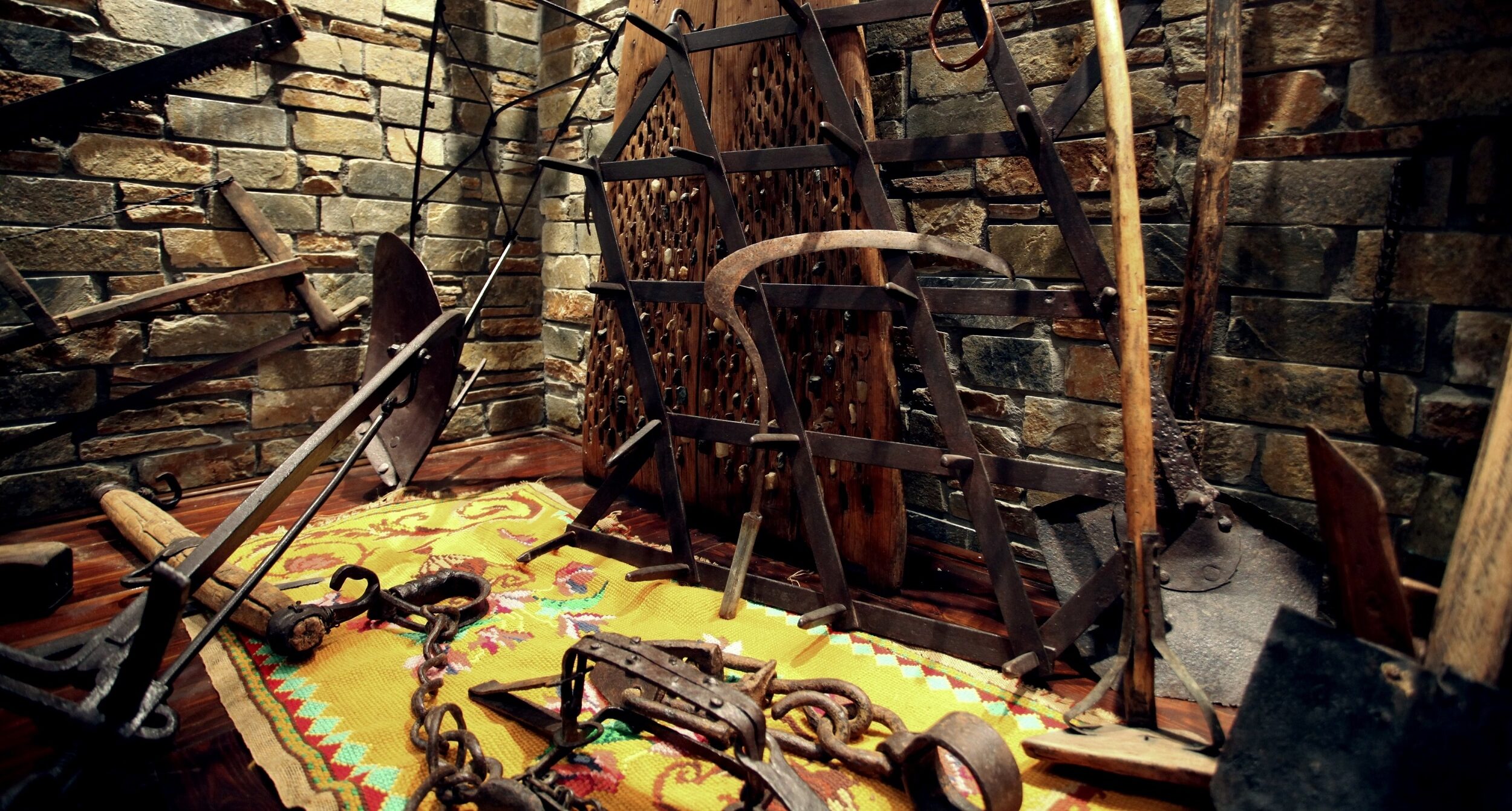
Omolio Folk-Agricultural Showroom Marinos Antipas
Omolio Folk-Agricultural Showroom Marinos Antipas
Omolio is a historical settlement of the Municipality of Agia surrounded by great natural beauty. Located in a central location, 40 km from the capital of the Larissa regional administration, just three kilometers from the Athens-Thessaloniki national road and at a minimum distance from the sea. According to Homer, the city participated in the Amphictyony of Delphi, while the mint of Ancient Omoli was one of the greatest in central Greece. The ruins of this ancient city and citadel still remain close to current Omolio.
Conditions brought the village back close to major historical events. This is the soil in which Marinos Antipas is buried, one of the most important figures of Greece in the fight to defend civil liberties. When Antipas came to Thessaly, where he took over as caretaker of the property of his uncle, he changed social conditions in the region. Although he was in a position of strength, he deleted agricultural debts, applied Sunday as a day off and set the remuneration of tenant farmers based on 75% of production (instead of 25% as was up to then in force). His murder was the natural consequence in a place dominated by lthe andowners of the time.
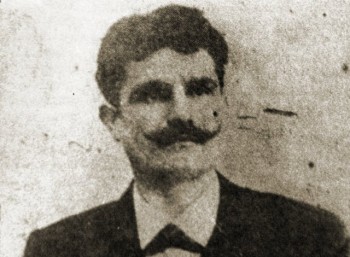
Μαρίνος Αντύπας / Marinos Antypas
Nowadays, the local community commemorates him, recognizing his contribution to changing social conditions, both in the region and across the country. It built a modest monument erected in Omolio where events are held every year in memory of the great fighter. At the same time, it gave his name to the small museum built in the village: Omolio Folk-Agricultural Showroom Marino Antipas, housed in the former Community chambers, located in the village square.
Today, the exhibition presents the tools used by the people for whom Antipas fought. Inaugurated on 18 March 2007 to mark the 100th anniversary of his death (murdered in 1907 in Pirgetos). Premechanical agricultural and foraging tools are hosted in the exhibition venue. Visitors can also admire tools of traditional occupations (fishermen, shoemakers, weavers, etc.) and objects from daily life of local people: handicrafts, embroidery and textiles, utilitarian household items (sofras (low tables), pots, pinakoti (bread levening boards)), local costumes, traditional clothing, woodwork items, postcards and engravings, coins, antique furniture, and a local bisiki (cot).
The collection includes artifacts that may be considered historical documents: a local’s military diary, which describes in detail the experience of the war in Asia Minor, but also photographs of social events and the occupations of the inhabitants. The showroom has a conference hall that holds 50-60 people.

Λαογραφικό-Γεωργικό Εκθετήριο Ομολίου Μαρίνος Αντύπας
Places like the Omolio Folk-Agricultural Showroom Marinos Antipas, although exhibiting objects from earlier times, alsoshow that traditional culture is not a static body of evidence that survives only in a museum. Because on the one hand, tools and materials actually bear witness to the immutable characteristics of an era (available resources, raw materials), however, they also reveal the basic principles of human creativity that lead to evolution. The name of the exhibition reminds us, at the same time, that this creativity should always be developed with concepts such as respecting the principles of human law and social justice.
University Studio Press| Alkis Charalambidis-A short history of art
Title: A short history of Art Author: Alkis Charalambidis Publishing House: University Studio Press Subject: Art-Essay Year: 2023 Pages: 208 Technical Features: 24x17 The book examines the art of the West from about 30,000 BC to the present day. The structure is ergocentric, meaning that the key to getting to know and understanding artistic creation is the works themselves. Their analysis, comparison and parallels are made in relation to the material and spiritual conditions of their time, to the personality of their creator and, wherever possible, to the current in which research has placed them. The ...More
Interview with Sofia Filippidou | About her first poetry collection, “Forty Poems” (Odos Panos Publications)| By Panos Liakos
Sofia Filippidou is a personality that needs no special introduction. She is one of the people of art that everyone singles out and honours for her contribution to the theatre, her endless talent in comedy and her equally essential depth when approaching characters in the works of Shakespeare, Beckett, Faulkner and Melville. In recent years, through her seminars in her own cultural space, "To magazaki tis technis", she directs students and professional actors, amateurs and people who seek redemption through theatre, and by the general admission of the audience, the performances at the end of the ...More
University Studio Press| Art in Greece: The legal framework after 1945
Title: Art in Greece: The legal framework after 1945 Edited by: Areti Adamopoulou Publishing House: University Studio Press Subject: Art-Essay Year: 2024 Pages: 424 Technical features: 17x24 With a historical and critical perspective, this volume examines the post-war legal framework for art in Greece from the end of the Second World War to the present day. Its authors, twelve Greek art historians, illuminate key issues and debates, and reveal how, by whom, and when common assumptions about what is interesting, what is worth exhibiting, or what is valued as a remarkable work of art, generally what ...More
2023 Eleusis| Mystery 20-Performing Arts Initiator-Narrative Archaeology| 22 November 2024
On Friday 22 November at 20:00, a screening of the documentary of Mystery 20 Performing Arts Initiator – Narrative Archaeology, directed by Konstantinos Arvanitakis and Michail Marmarinos, will take place at Cine Eleusis. This documentary delves into the work and methodology developed during this project, which culminates in a site-specific walking performance within the emblematic Archaeological Site of Elefsina. Why does someone visit an archaeological site? What do we seek there? In search of the hidden narrative of the given Archaeological Site, Narrative Archaeology is introduced as a methodological project that highlights the ways that Performing Arts can enhance the interactivity of archaeological sites. The documentary has ...More
The cycling track at the City of Chania’s Cycling Path is completed
At the Cycling Track of the Municipality of Chania in Kathiana was today the Mayor of Chania, Panagiotis Simandirakis, on the occasion of the completion of work on the track of the emblematic sports project. The Mayor was accompanied by the Deputy Mayors, Technical Works, Michael Kalogridakis and Sports, Stelios Michaelakis, while from Athens went to Chania the Director of the Cycling Federation of Greece and international track referee, Vladimir Petsas. The Dutch architect and international manufacturer of cycling tracks, Sander Duma, under whose supervision the track was built, was also present, as well as officials ...More
The Ottoman Baths complex in Nafplio is restored
The Ministry of Culture is launching the restoration of the Ottoman Baths complex in Nafplio. The Minister of Culture, Lina Mendoni, said: "The Hammam of Nafplio is a remarkable architectural example of the period in which it was built, as well as the only Ottoman Baths complex in the city, which dates back to the 18th century. In our autopsy two years ago, we found the necessity of the monument to carry out maintenance and restoration work as in its existing form and after the collapse of its individual spaces, it is not easily readable. In ...More

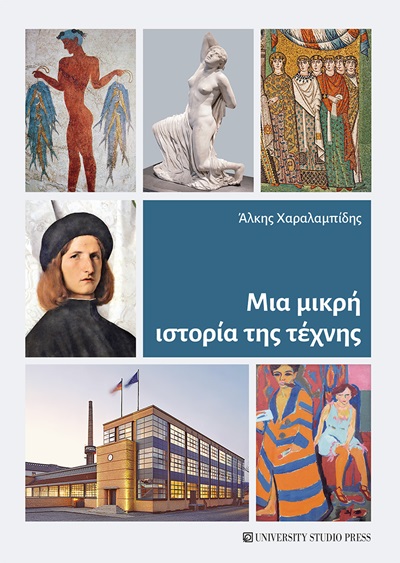

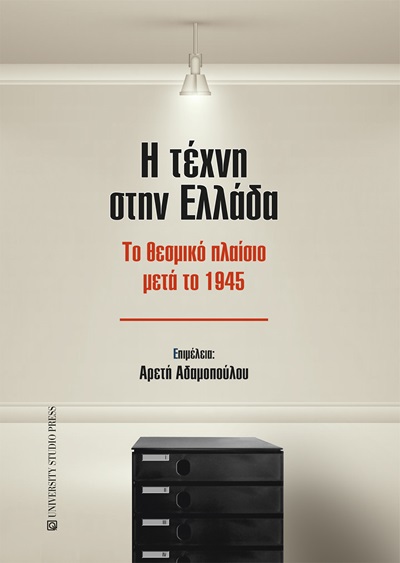
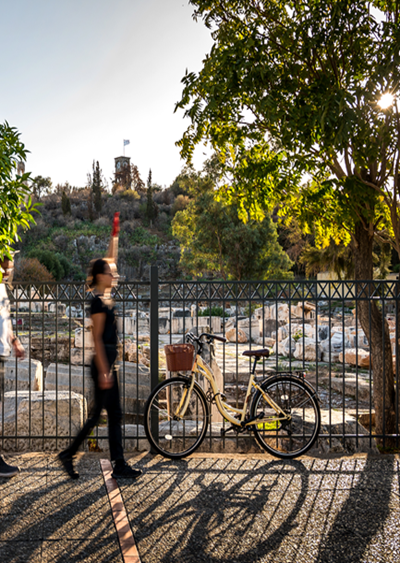
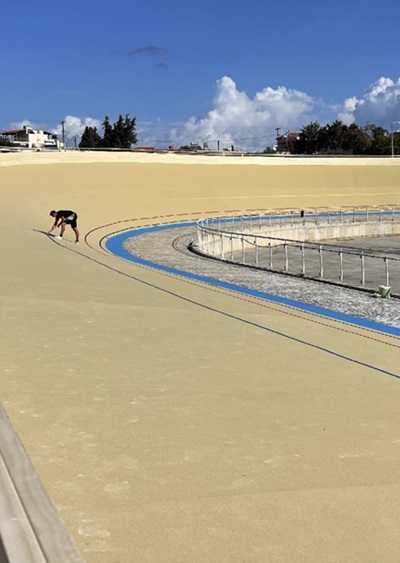


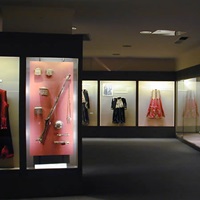
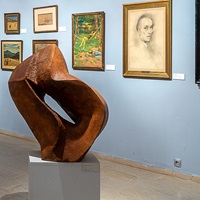
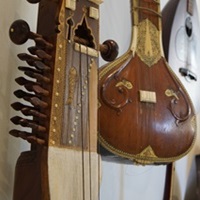


Leave A Comment